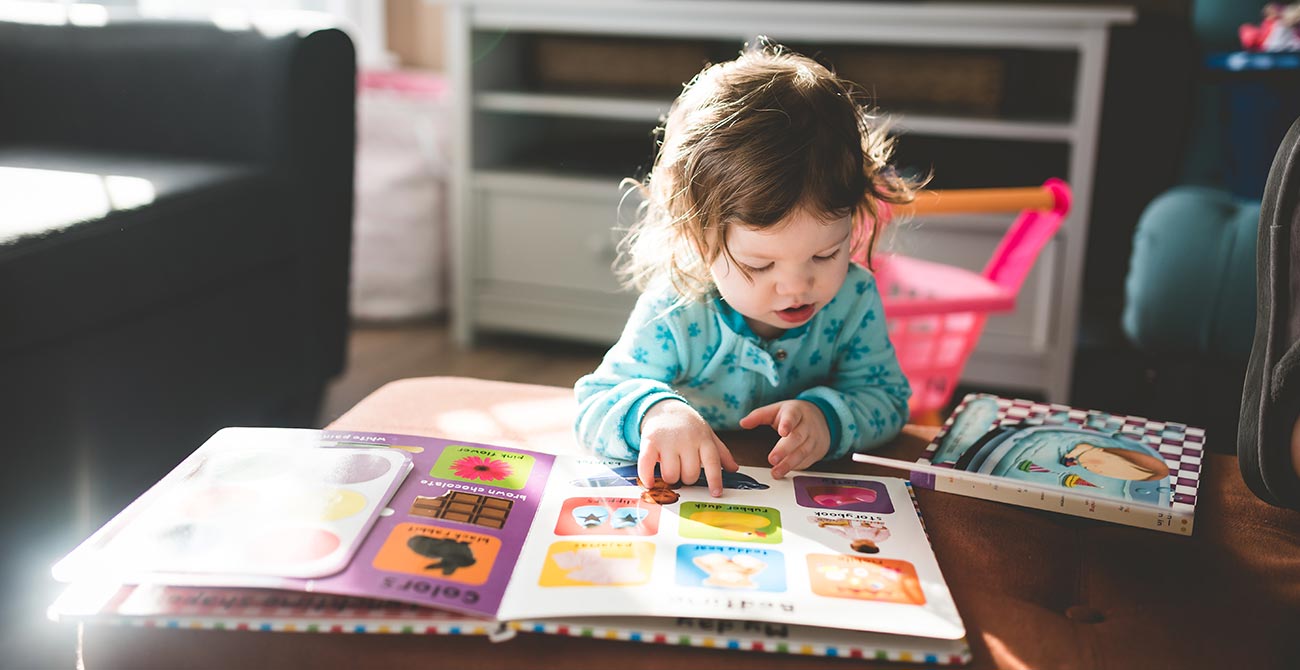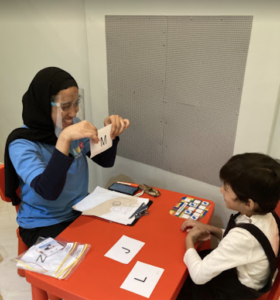
The Differences Between Speech and Language
By Mona Tadayyon- MA, ABA, MBA, ICBA, BCBA
April 2022
As speech-language pathologists, the job doesn’t end once the speech therapy session is over. In fact, one of the most important aspects of our profession is coaching parents and caregivers on techniques they can use at home to practice developing speech and language with their child.
To start off, it is important to indicate the difference between speech and language. Many people believe that speech and language mean the same thing, but they are not. When we refer to speech targets When we refer to Speech Targets in a child’s program we are considered with the intelligibility of the child, and how easily is the child understood. When we are talking about language and what are the words the child is using, it is important to see how the child is combining those words into sentences. Also, pay close attention to how the words are being used in different combinations to interact socially. When we analyze the speech,we observe the child’s respiration, and if there is enough vocal power to produce communication, is there a proper source of air flow? How does the air flow out of the mouth or nose, how does it vibrate within the oral and nasal cavities, how does it sound, is it clear, and how are the vocal cords vibrating, is there a hoarseness in the voice? Lastly, we look at articulation, how it comes together to produce speech.
On the other hand language is often not vocal, such as sign language. The things to pay attention to here is the child’s vocabulary, does your child have the words they need to communicate. It doesn’t have to be vocal. In the language, grammar and syntax are given more focus. It is important to assess the needs of your child to create an individualized program to help your child grow and develop in the areas they need to.
Some parents tell us that their children understand what they are telling them, they just don’t know how to respond to them. One way to help develop your child’s language skills and help facilitate a language rich environment, is by using verbal and visual choices as a way to support comprehension. This strategy should be used when your child approaches you with a want or a need. Maybe they are hungry or they would like to play with you, this is a good first step they have shown to express intention. When they initiate it is important to see what they have their attention on, and if they are looking at something specific, or reaching for something. Follow their lead, so if they are reaching for a toy, we can model language to them, and this means offering your child an example of something they should say in that moment. We can pull out two toys and ask the child, which toy would you like, this one, or that one? This gives your child an opportunity to express which one they want and communicate their preference.
When we keep our language models simple for early language learners, we’re increasing the likelihood of comprehension and language development. By comparison, if your child reaches for a toy box, and we ask them do you want to play with some toys? Or “let’s find your cars to play with, we might be missing out on a key opportunity for them to jump in and express that language themselves. If you are concerned about your child’s speech language skills, get in touch with us on 39006065 and take the first step to help your child communicate with confidence. 


